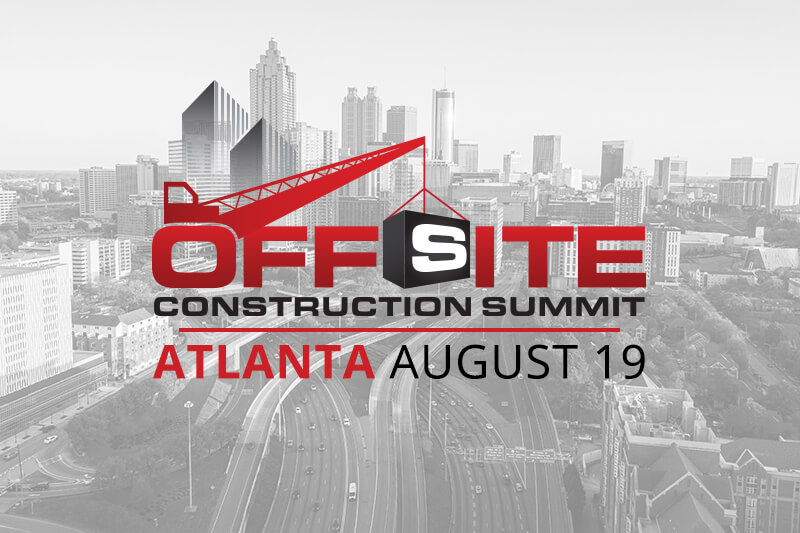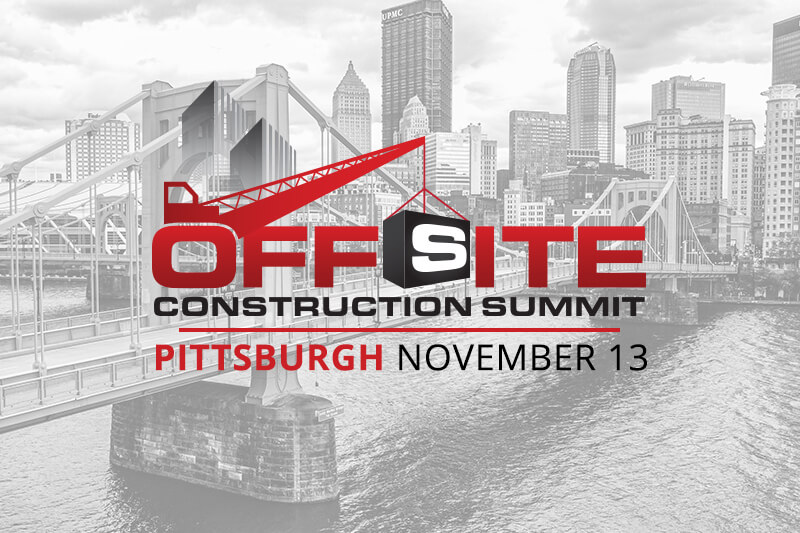3D-Printed Buildings
In the past few decades, 3D printing has proven to be one of the most valuable innovations of modern society. Many industries have started using this technology because it’s convenient, reduces costs, and saves lives. For example, experts have developed 3D printers to produce prosthetic limbs and human organs.
How can the construction industry take advantage? How will 3D-printed buildings change the future of the building community?
What are 3D-Printed Buildings?
3D-printed buildings are structures that use a 3D printer to produce individual components. From there, the builders can assemble the parts and create a 3D-printed building. The concept is relatively new and taking the building community by storm.
It could solve today’s housing shortage and mitigate the supply chain disruptions that have harmed the industry. Contractors can use 3D printing for residential and commercial buildings and structures like bridges.
Who Started 3D Printing in Construction?
The roots of 3D printing in construction originate in the late 20th century. In 1981, Dr. Hideo Kodama of Japan developed a rapid prototyping system by printing photopolymer layers that looked like a computer-aided design (CAD) model. In 1984, Charles Hull rose to prominence after he created stereolithography. This process uses a laser beam and a liquid photopolymer to produce items quickly with the support of a computer.
Joseph Pegna inspired the methods of 3D printing in construction that builders use today. In the mid-1990s, Pegna wrote a paper called “Exploratory Investigation of Solid Freeform Construction.” In the article, he discusses the first methods for 3D printing that revolve around sand. Pegna developed a technique that forms sand and cement by using selective bonding in layers.
How Do Developers Make 3D-Printed Buildings?
3D printing in construction has come a long way since the days of Kodama and Pegna. Nowadays, builders use advanced technology to mass-produce items that make construction easier.
The construction process depends on what printer the project managers decide to use. Among the most common is the robotic arm 3D printer. Some may know it as robotic additive manufacturing (RAM). This form uses a 3D printer with a robotic arm attached, allowing the machine to move around and schedule multiple tasks.
Another type is the gantry system. Gantry printers are heavier and allow builders to produce larger prints. They can print an entire building in a shorter time because RAM typically makes one construction element at a time. Both systems are prevalent in the construction sector, but some find gantries more practical because of their assistance in large-scale projects.
What Materials Do Contractors Use for 3D Printing?
3D printing has been a revolutionary concept in construction. Builders can use less-expensive processes to create materials that are just as effective as traditional practices. Some materials developers use for 3D-printed buildings include:
- Concrete: Most 3D-printed buildings today utilize concrete-related materials in their construction. The concrete mixture typically comes from cement, water, sand, gravel, and sometimes stone. The product isn’t necessarily concrete, but it provides a similar material as strong as the traditional kind.
- Plastic: Plastic has become a popular material for 3D printing because it allows making houses from recycled materials. For example, a Los Angeles-based construction company, Azure, uses plastic polymer from bottles and packaging for 60% of its printed materials.
- Wood: Another recent innovation in 3D printing is using wood for building construction. In the fall of 2022, the University of Maine produced a home with its 3D printer using wood flour. This material comes from sawmill waste like bio-resins and wood fibers, and the builders use a corn-based binder when mixing.
What Are the Benefits of 3D Printing in Construction?
3D printing has opened up a new world for the building community. Construction companies can reap many benefits from using a 3D printer for projects, such as:
- Shortened timeline: A significant benefit of 3D printing in construction is how it speeds up timelines. Companies using this technology can produce entire houses in a few days. The shortened schedule reduces costs and makes a business more attractive to potential clients. The efficiency also lowers labor costs and contributes to sustainability.
- Sustainability: The building industry has a large carbon footprint. In 2021, the sector was responsible for 30% of the world’s energy consumption. 3D-printed buildings can change the narrative with sustainability. Builders typically use durable and biodegradable materials and extend the life of recycled plastic and waste from sawmills.
- Increased safety: A critical benefit of 3D printing is the increased safety on construction sites. This technology allows automation to take over and let machines do the hard work. Construction is less dependent on humans, lowering labor and liability costs.
Can 3D-Printed Buildings Mitigate the Housing Crisis?
The last few years have taken a toll on the building sector, and supply chain issues have only worsened matters. Since the Great Recession, demand for housing has outpaced new construction, with only a few states returning to pre-recession levels. Material and labor shortages have caused construction companies to look for new solutions, such as 3D-printed buildings.
Inflation and other global issues have strained many people who seek to buy a house. The shortened timeline of 3D-printed homes can speed up manufacturing and put more homes on the market. The sustainability of 3D printing also serves younger people who consider the planet when making significant purchases.
What’s Next for 3D-Printed Buildings?
The future is bright for 3D-printed homes, office buildings, and more. One could say the sky is the limit, but it doesn’t stop there. NASA and the U.S. government aim to land humans on Mars in the 2030s or early 2040s. The key to their survival on the Red Planet is to use 3D-printed buildings. Developers created these homes to withstand the conditions. A 3D printer assists in such construction because it can build ideal structures for astronauts rapidly.
Builders for these 3D-printed homes use materials that spacecraft have gathered from Mars, such as basalt. They also use renewable bioplastics in construction. Mars’ internal atmospheric pressure requires special care for these homes, and NASA has plans to test them with year-long simulations. These test missions will show if the houses and the astronauts are ready for a real Mars trip.
3D-Printed Buildings: The Way of the Future
From the medical field to aerospace engineering, 3D printing has produced unique innovations. Access to prosthetic limbs, tissues, and surgical implants has become more widespread. The construction industry has also benefited from these innovations. 3D-printed structures are a more sustainable and affordable option that could be the future of the building community.
Don't Miss Our Upcoming Events!
Join the leading companies and professionals from across the offsite construction industry at each of this year's Offsite Construction Network events. With summits and expos taking place across North America in 2025, it's never been easier to connect with and learn from offsite construction manufacturers, designers, builders, and suppliers from the United States and Canada.
Subscribe today to get the latest updates on future events from the Offsite Construction Network.



